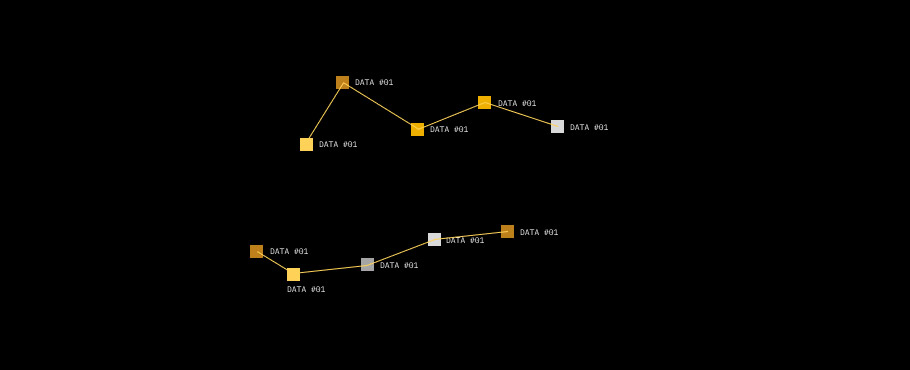The next generation of cybersecurity
technology
Your first line of defence against advanced threats.

In an era where digital threats evolve with alarming speed, maintaining robust cybersecurity defenses is paramount for businesses and organizations worldwide.
This process goes beyond conventional security measures to offer a proactive approach to discovering and mitigating vulnerabilities before they can be exploited by malicious actors.
Penetration Testing is a simulated cyber attack against your computer system, network, or web application to check for exploitable vulnerabilities.
In the context of web security, it is akin to a bank hiring someone to dress as a burglar, attempt to break into their building, and report back with their findings. This comprehensive testing method is critical in identifying weaknesses in an organization's security posture.
The process of penetration testing can be broken down into several key phases:
While traditional penetration testing plays a critical role in a comprehensive cybersecurity strategy, Advanced Threat Protection mechanisms take it a step further.
Advanced Threat Protection solutions are designed to detect, prevent, and respond to new and sophisticated attacks that are designed to bypass traditional security measures. With our help, organizations can enhance their defensive mechanisms against complex malware or cyber espionage activities, ensuring a higher level of security.
The holistic threat simulation exercise.

Enter Red Teaming: a multi-dimensional, full-spectrum, and attack simulation activity designed to test how well an organization's people, networks, applications, and physical security controls can withstand an attack from a real-life adversary.
This method goes beyond standard vulnerability assessments and penetration testing to provide a more comprehensive evaluation of security measures.
Red Teaming is a practice borrowed from the military, where teams simulate enemy tactics, techniques, and procedures to test the effectiveness of strategies.
In the cybersecurity domain, it involves a team of skilled security professionals (the Red Team) that adopts an adversarial approach to challenge an organization's defenses by exploiting weaknesses in its people, processes, and technology.
The primary goal of Red Teaming is to improve the effectiveness and resilience of an organization against cyber threats. It achieves this by:

Identifying vulnerabilities in physical, technical, and human elements of security.

Testing the organization's detection and response capabilities.

Providing realistic insights into the potential impact of a successful breach.

Enhancing the understanding and preparedness of security teams against advanced persistent threats.
A comprehensive Red Teaming exercise involves several meticulously planned phases:
Red Teaming provides an organization with a critical, outsider perspective on its security posture. By simulating real-world attacks, organizations can identify and address vulnerabilities before they can be exploited by malicious actors. Moreover, Red Teaming exercises help foster a culture of continuous improvement, resilience, and security awareness among all employees.
Engineering the Future Securely Across Industries

Our mission is to empower businesses across a spectrum of industries with bespoke software solutions, crafted to meet the unique challenges and opportunities of each sector we serve.
From healthcare to finance, and from education to manufacturing, our expertise is in turning complex problems into intuitive, secure, and robust sortware applications.
Diverse Expertise for Every
Industry:
Custom Solutions for Unique
Challenges:
Security at the Core:

Enhancing patient care with secure, interoperable, and compliant solutions that streamline operations and facilitate medical advancements.

Building robust fintech applications that prioritize security and user experience, transforming how businesses and consumers manage, invest, and protect their finances.

Implementing smart manufacturing solutions that optimize production, reduce waste, and secure intellectuai property across supply chains.
Our holistic approach to software development ensures that every project we undertake is built on a foundation of security, scalability, and innovation. We leverage the latest technologies and methodologies to create software that not only addresses current requirements but is also prepared for future evolution. Our proactive stance on security means we constantly anticipate and mitigate potential vulnerabilities, ensuring your software remains resilient in the face of new threats.


We evaluate your cloud configurations, identify vulnerabilities, and offer solutions to protect against threats, ensuring a secure and compliant cloud environment.


We provide insights to drive decision-making, streamline operations, and enhance customer experiences, all while ensuring the integrity and security of your data.


We employ the latest techniques to uncover vulnerabilities, from development to deployment, keeping your applications secure in an ever-evolving threat landscape.


Our security testing services are designed to identify and mitigate risks in your API infrastructure, ensuring robust security measures are in place to protect your data and services.